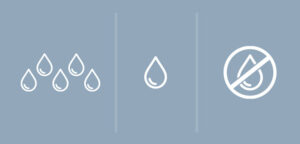
Bidirectionality in Isolation Valves
There are many types of valves used to isolate process flow. Each valve type has its own ability when it is fully closed and in isolation mode. The degree of tightness varies with valve type, make, media,

There are many types of valves used to isolate process flow. Each valve type has its own ability when it is fully closed and in isolation mode. The degree of tightness varies with valve type, make, media,

Valve leakage is one of the main issues in industrial processes. Different valve leakage standards are specified by different organizations. Valves go through pressure tests which determine if they provide allowable leakage, zero leakage, or are bubble

Pressure-Temperature Ratings for Valves When it comes to valves, there are guidelines in place to protect workers and the environment from valve failures and leakage. In this example, we are talking about how much operating pressure a
CGIS is the global supplier of the highest performance valves and automation. With over 45 years of experience, CGIS is committed to understanding the application and ensuring customers always get the right valve.